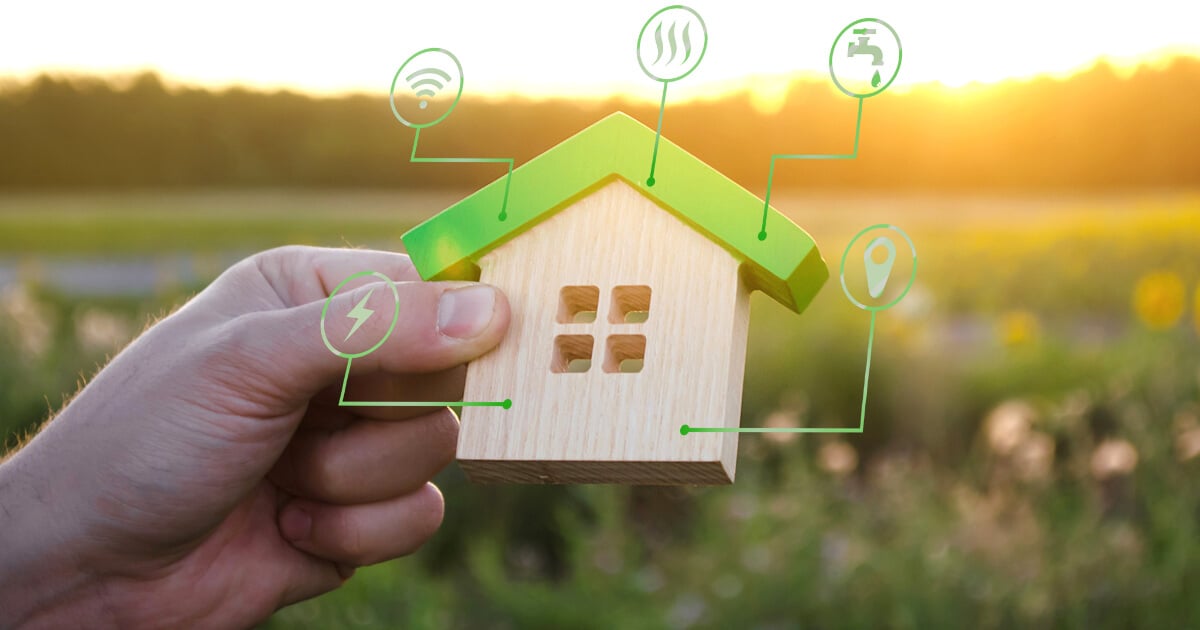Building certification is an essential process for ensuring that buildings are designed, constructed, and operated to meet specific sustainability and environmental standards. Building certification programs such as LEED (Leadership in Energy and Environmental Design) and BREEAM (Building Research Establishment Environmental Assessment Method) have gained popularity in recent years as the world becomes more conscious of sustainability and climate change. However, the building certification process can be complex and daunting for those unfamiliar with it. In this article, we will provide an overview of the building certification process to help building owners, architects, and other stakeholders better understand the process.
Contents
What is Building Certification?
Building certification is a process that assesses and verifies the sustainability and environmental performance of a building. The process evaluates the building’s design, construction, and operation to ensure that it meets specific standards for sustainability and environmental performance.

Building certification programs use a set of criteria to evaluate the building’s performance in several areas such as energy efficiency, water efficiency, indoor air quality, material selection, waste reduction, and site selection. These criteria vary depending on the certification program, and some programs have additional criteria specific to their program.
The Building Certification Process
The building certification process typically involves the following steps:
Step 1: Determine the Applicable Certification Program
The first step in the building certification process is to determine which certification program is most applicable to the building being assessed. The choice of program will depend on various factors such as the building type, location, and the owner’s sustainability goals.
Step 2: Identify the Certification Level
The second step is to identify the certification level that the building owner wants to achieve. Most certification programs offer different levels of certification, such as bronze, silver, gold, and platinum. The certification level will depend on the building owner’s sustainability goals and budget.
Step 3: Assess the Building
Once the certification program and level have been identified, the building must be assessed. The assessment process evaluates the building’s performance in various areas such as energy efficiency, water efficiency, indoor air quality, material selection, waste reduction, and site selection. The assessment is usually carried out by an accredited assessor who will evaluate the building against the criteria of the certification program.
Step 4: Identify Opportunities for Improvement
Based on the assessment, opportunities for improvement will be identified. These opportunities will help the building owner to understand what actions need to be taken to improve the building’s performance and achieve the desired certification level.
Step 5: Implement Changes
After identifying the opportunities for improvement, the building owner can implement changes to the building’s design, construction, or operation. These changes may include upgrading lighting systems, installing low-flow water fixtures, using sustainable materials, or improving the building’s insulation.
Step 6: Submit Documentation
Once the changes have been implemented, the building owner must submit documentation to the certification program to demonstrate that the building meets the criteria for certification. The documentation may include drawings, specifications, and other relevant documents.
Step 7: Certification Review
The final step is the certification review. The certification program will review the documentation and assess the building’s performance against the criteria for certification. If the building meets the criteria, the certification program will issue a certificate of certification.
Benefits of Building Certification
Building certification provides several benefits to building owners and occupants, including:
- Improved environmental performance and sustainability
- Reduced operating costs through energy and water efficiency measures
- Improved indoor air quality, leading to improved occupant health and productivity
- Enhanced building value and marketability
- Reduced environmental impact and carbon footprint
- Recognition as a leader in sustainable building practices




[…] townhouse tailored to the needs of you and your family while ensuring compliance with rigorous building certification […]